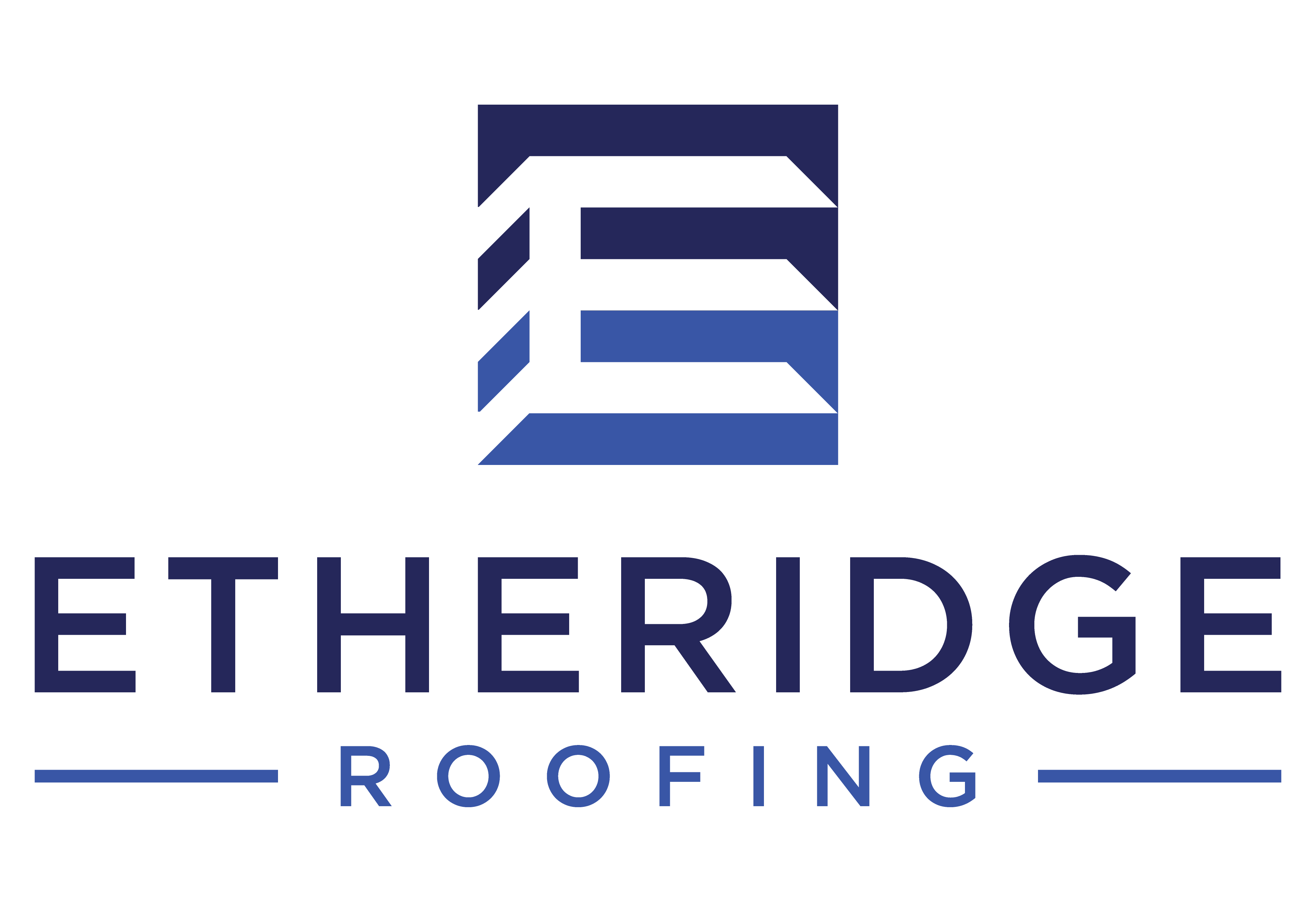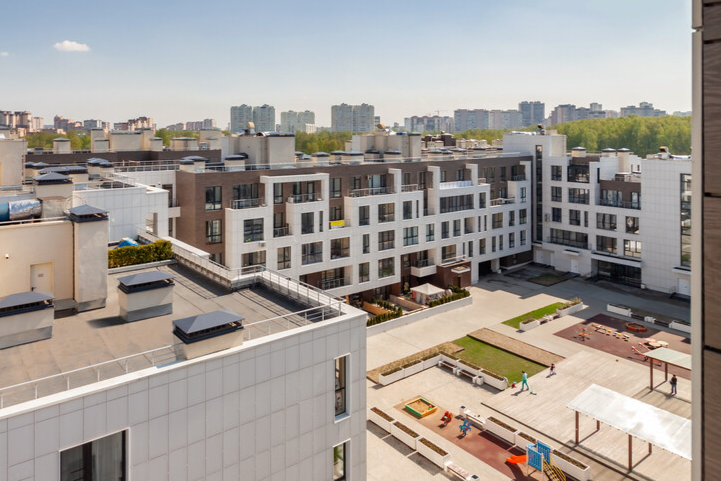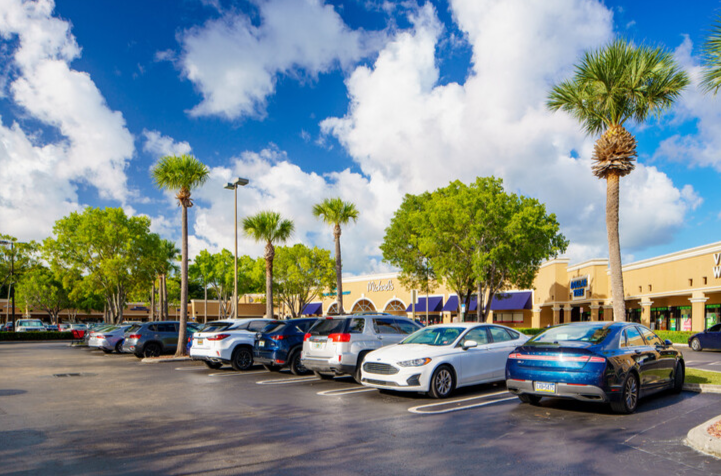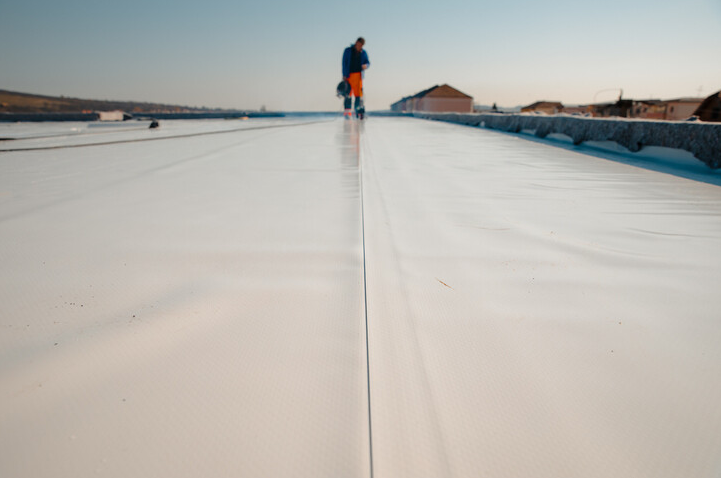What is Aluminum Composite Material (ACM)?
Aluminum Composite Material (ACM) comprises three layers: two pre-coated aluminum sheets with polyethylene (PE) – or another specialized fire retardant layer – in the middle. ACM panels are excellent lighter-weight options for indoor and outdoor applications compared to other selections. Aesthetically, ACM panels provide proportionate stability and a metallic, contemporary appearance. The coated exterior of these panels often provides protection and design, making them a popular choice for construction and artistic creations. For the interior, most will opt for polyethylene (PE) because they are lighter and more cost-effective. However, ACM with specialized fire-resistant cores, while more expensive, may check the box for newer fire safety requirements for construction projects with multiple stories.
Durability
While lower in cost, ACM also weighs half the weight of aluminum and has a higher surface flatness than that of a single-material sheet or panel. The thermal composite production process helps create a sleek and uniform appearance while the bonding solution firmly holds the three layers together. The rigidity and variety of surface coatings significantly contribute to ACM's popularity, especially the durable, weather-resistant fluorocarbon finishes.
Weight
As mentioned earlier, ACM panels weigh less than the atypical aluminum panel. Yet, ACM panels maintain the same thickness as aluminum panels. While these panels are comparable in width, the low-density plastic core in ACM panels makes a critical difference in weight.
Fire Resistance
For fire protection and combustion performance, ACM has several classes:
- A2: The A2 fire protection rating categorizes non-combustible construction materials that are harder to burn or difficult to set ablaze.
- B1: The B1 fire protection rating categorizes flame and fire-retardant construction materials with suitable properties against igniting at higher temperatures or spreading quickly if in contact with an open flame.
- B2: The B2 fire protection rating categorizes fire-resistant construction materials that will burn when exposed to fire or ignite at a high temperature. Wooden construction materials burn similarly to this class.
- B3: The B3 fire protection rating categorizes the lowest fire safety construction materials containing no fire-retardant properties. On average, ACM panels cannot go below the B1 classification due to the hazards posed by this construction cladding.
Clients and builders must work in tandem when selecting building materials to ensure a fire-resistant selection. Despite the numerous positive features of what ACM offers, the plastic aluminum composite’s fire rating portion should undergo critical consideration.
ACM Benefits
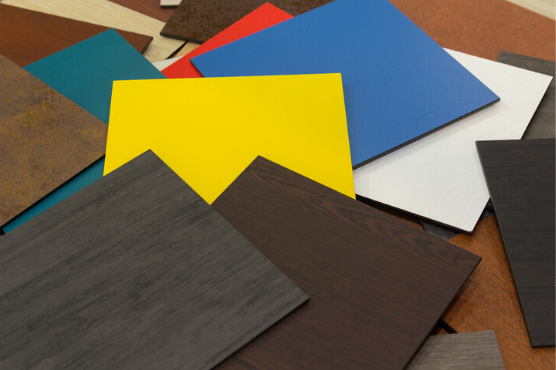
Design
Engineers and designers often switch out aluminum and wood mediums for ACM. Projects including cladding, exhibitions, and signages often incorporate ACM panels due to their versatility and many color combinations. Photocopying expands the creative capabilities for ACM finishes since these technologies replicate the appearance of natural textures like granite, metal patterns, and even the graining in a wood plank. ACM results often exceed design expectations due to the capabilities of detailed, quality patterns and textures.
Cost
Manufacturing ACM involves three main components: coating, thermal compounding, and metal and core materials. Producing ACM panels is low in raw material cost yet highly efficient to make. Many turn to ACM as a building material due to its attractive cost features versus other typical exteriors. ACM often finds its way into industries that push products back to back, like housing and engine manufacturing.
Environmental Impact
Industries often find it challenging to recycle aluminum and plastic, and ACM provides a powerful solution. ACMs impact the environment minimally compared to other construction materials, and the durability of fluorocarbon coatings delivers low maintenance requirements, ultimately decreasing any costs incurred during the panels’ life cycle.
Aluminum Composite Material (ACM) panels are an excellent cladding option, and it is one of the most popular exterior materials in the industry. Based on the description and benefits, would you choose ACM for your next project?
Click here to review our ACM project portfolio and request a sample!
Posts by Tag
Recent Posts
Popular Posts
Have you ever wondered what goes into a commercial
As a property manager, you know that maintaining...
When choosing the best commercial flat roof for...
Recent Posts
The connection between the quality of our...
Selecting the appropriate roofing system is...
